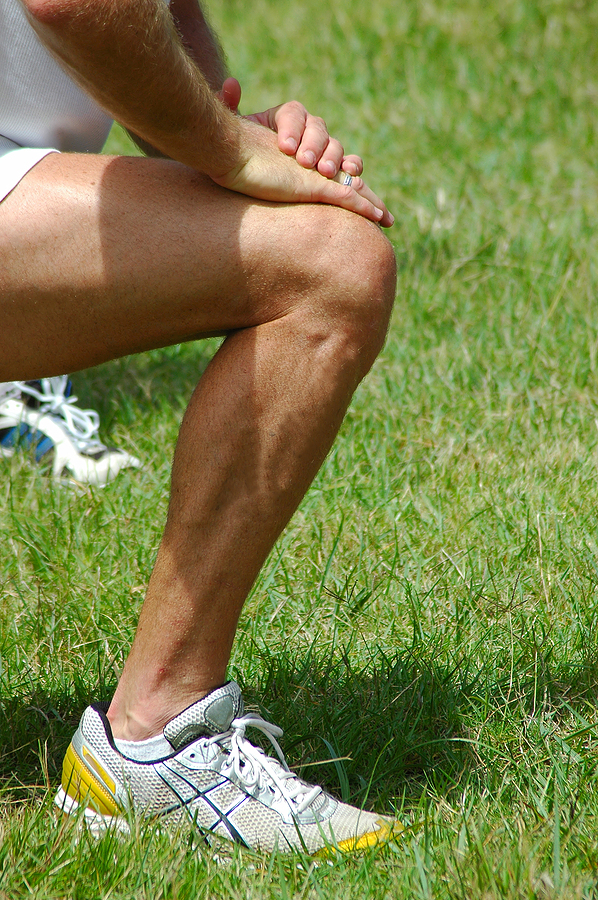


Overuse anterior knee pain (AKP) is an umbrella term describing multiple knee conditions characterized by pain at the front of the knee and aggravated by repetitive activities that put force on the knee (squatting, running). Accounting for 25-40% of all sports-related knee problems, AKP is the most common knee disorder and a major issue. Those who experience rapid increases in physical activity are at a higher risk. Some trials have shown a program that includes strengthening and stretching exercises to reduce the incidence of lower limb overuse injuries like AKP. To test this, a randomized controlled trial was created in a military recruit population undergoing a 14-week structured and incremental physical conditioning program to determine the effect of a targeted exercise intervention on the incidence of AKP.
The study used a single-blind cluster randomized controlled design with army recruits as subjects. A total of 1,502 recruits agreed to participate and were randomly assigned to either the AKP prevention-training program (759) or control program (743). Baseline height, weight and BMI were recorded, and participants completed a questionnaire on lower limb injury history and overall health, which showed the two groups to be well balanced. Participants subsequently undertook the same 14-week phase 1 basic military training, consisting of 3-4 hours of formal daily training. During the warm-up and warm-down of each training lesson, the prevention training program (PTP) group performed a series of eight specially-designed strengthening and stretching exercises, while the control group followed common military syllabus exercises. Subjects were closely monitored throughout the program, with the primary outcome being incidences of overuse AKP.
Of the 1,502 subjects, 46 were diagnosed with AKP, with 36 cases in the control group and 10 in the PTP group. Secondary outcomes also showed major differences between groups, with 25 subjects being medically discharged in the control group versus three in the PTP group, and 23 control group members being discharged on the grounds of "unfit for army service," versus six. Based on these results, there is strong evidence that the intervention had a protective effect, with the risk of AKP during training being reduced by 75% in the PTP group compared to the control. These findings are further strengthened by the fact that the study was well regulated, with similar subjects organized and supervised properly, and no participants lost to follow-up. Though it's not known if these results can be applied to the general population, the intervention was proven effective in preventing AKP in this setting, and it's possible that an exercise program like this can also have similar effects on AKP prevention for other athletes. Given the high occurrence of the disorder among athletes, incorporating these exercises into a regular routine can be considered feasible.
-As reported in the Jan. 11 edition of The American Journal of Sports Medicine